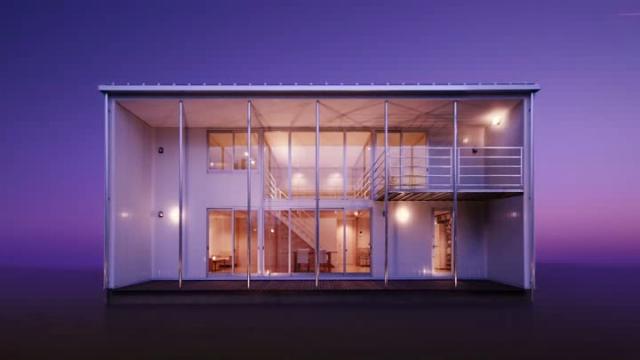The Japanese retailer Muji has built a cult following by offering nearly any object you could want in your home for not much money and proportionately great design. Now, the company is offering one more item to its line of 7500 housewares: actual houses. And there’s a very good economic reason for the ambitious new venture.
To understand why a homegoods company is making the jump from shirts and speakers to whole buildings, just look at Japan’s unusual housing market. Homes built there have a shockingly short half life — the market for pre-owned homes is extraordinarily small. Instead, homebuyers prefer to build their own, frequently choosing to tear down existing buildings and re-built to their own specifications.
Unfortunately, this model isn’t very economically sustainable: New homes don’t accrue value over time, so they’re a bad investment. Muji clearly wants to offer homebuyers a third option: A house that’s new, but not as expensive or time-consuming to build as a bespoke design would be. And crucially, they’re getting some of the most famous architects in the world to build them.
More on that later — but first, here’s a little background on the houses themselves. Back in 2000, Muji incorporated Muji House Ltd., a standalone entity that would focus on architecture. The company offers three prefab houses on its website, including a newly-unveiled model called the Vertical House that’s designed specifically for city dwellers who are dealing with small lot sizes.
The Houses
The Vertical House is Muji’s most recent model home and the first version to focus specifically on urban homeowners. The idea is to stack programs on top of programs to create a thin profile that can be wedged into dense city neighbourhoods: It’s only 4.4m wide and 8.2m deep.
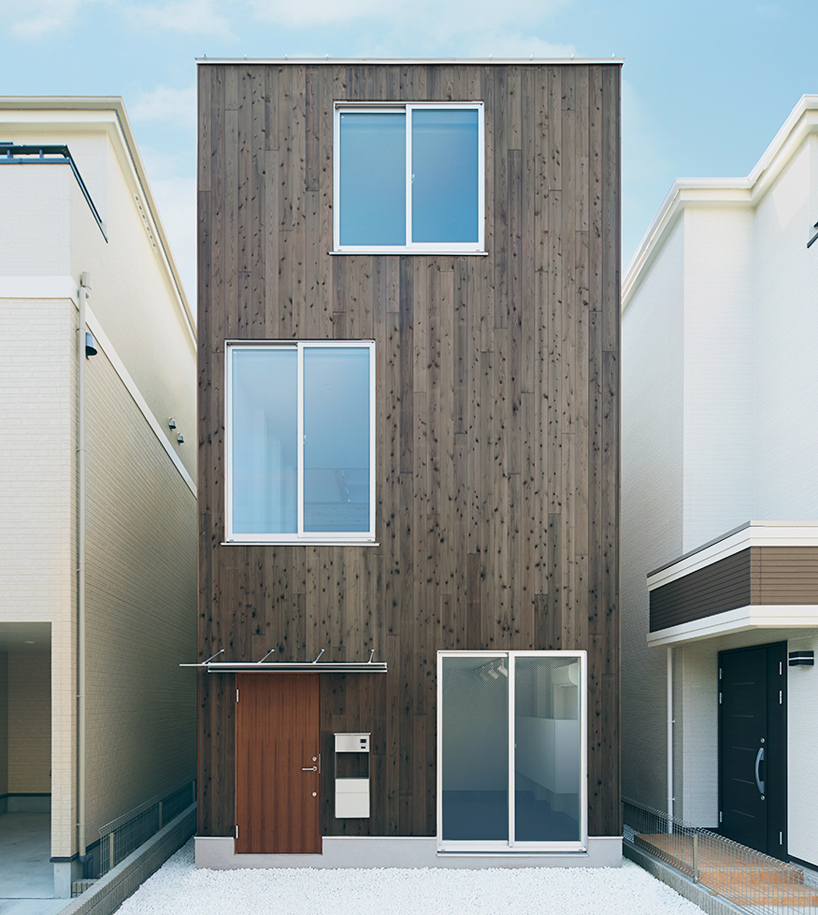
Inside, there are no partitions or full walls, so it’s also geared to city dwellers who don’t mind total transparency. But the size is what’s really important here: Japan’s architects have specialised in fitting tiny homes into even tinier urban building lots, but that process generally takes voluminous amounts of time, design and money. Vertical House is designed as a kit-of-parts that could be applied to most tiny pieces of urban real estate — for as little as $US200,000, if the price is similar to Muji’s other homes.

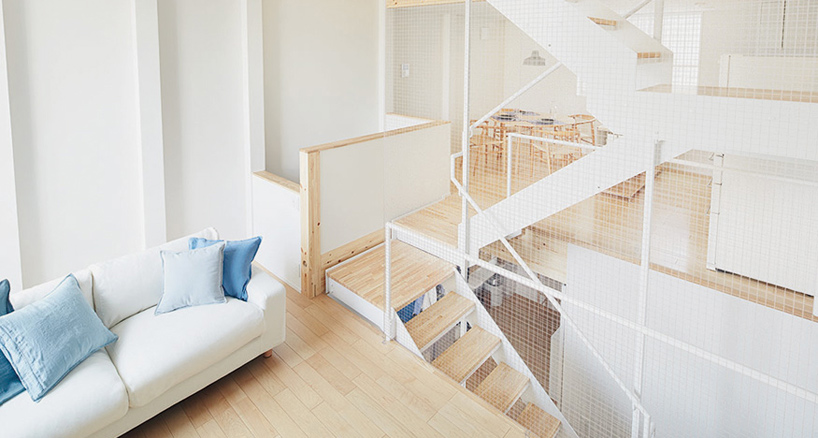
Meanwhile, the Window House was designed by the Japanese architect Kengo Kuma, who created the simple gabled home in 2008. The home’s windows can be adjusted and moved according to the buyer’s wishes, which means the views can be tailored to fit whatever site is available.

It’s a perfect example of how Muji is doing prefab differently. This isn’t prefabricated in the traditional sense, it’s more like pre-designed — the client then works with Muji to customise it, at which point a kit-of-parts is generated and building can go ahead.
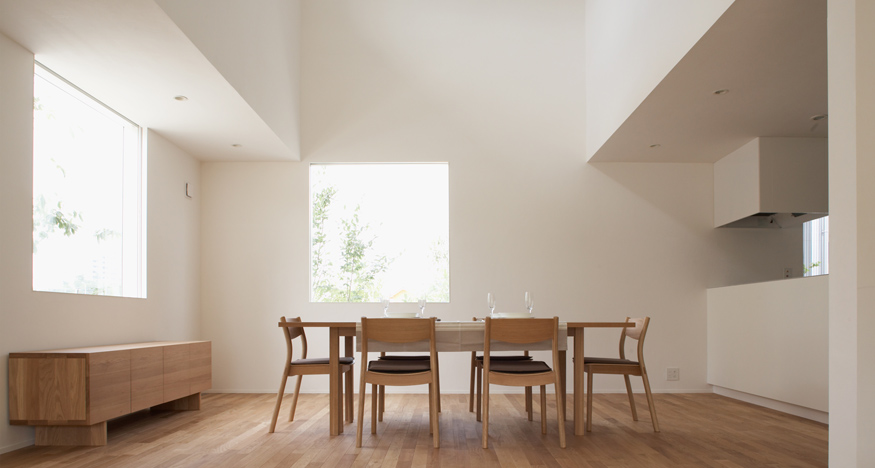
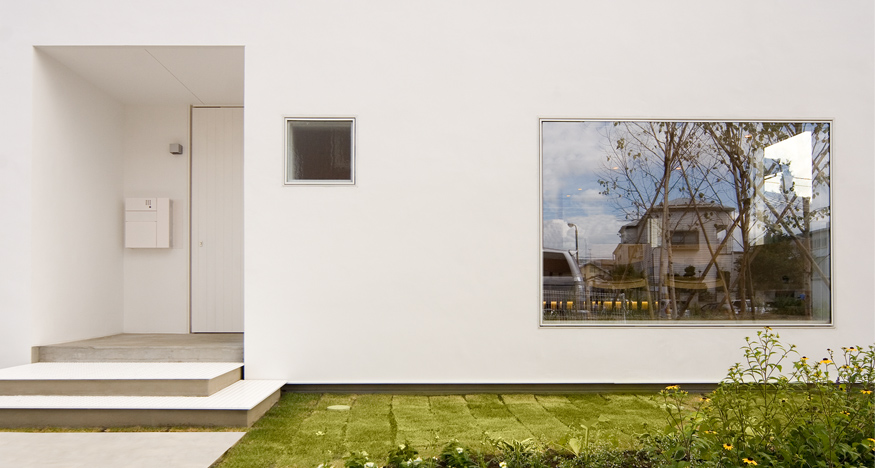
Another Kuma design, the Tree House, is more open than the window house and gives the buyer a wide veranda and porch. Muji actually offered fans a chance to live in this version for free for two years in order to study how well the design worked.
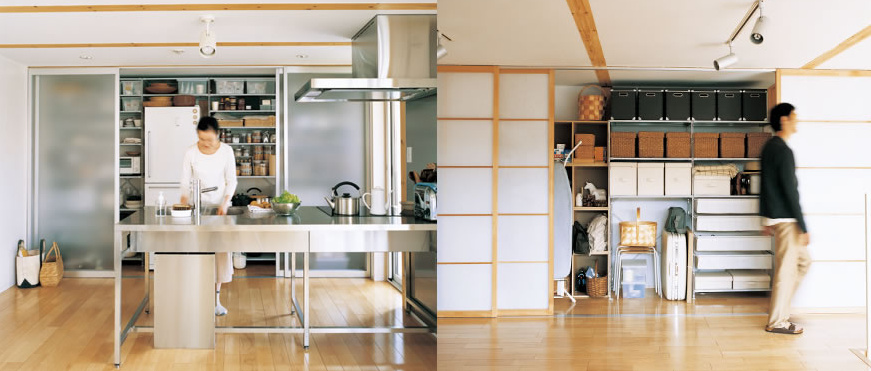

Behind the Business Model
But beyond Muji’s reputation for good design, what’s driving the company into the construction market? It turns out there’s more to the story than catering to Muji’s minimal-minded followers. To see why, it helps to look at how Japan’s building market differs from that of the U.S. or other countries.
Earlier this year, Freakonomics described Japanese homes as “disposable”, citing statistics that demonstrate how the average lifespan of a home in Japan is only 38 years, compared to 100 in the US. More often than not, Japanese homeowners will buy a house only to demolish it and build a new one. It’s a problematic scenario, because all the money a buyer pours into building a new home is essentially lost a couple decades later, and then reinvested by the next owner.
Considering the staggering cost of homebuilding in Japan, as Freakonomics writer Greg Rosalsky puts it, it’s simply a terrible investment. Muji, on the other hand, is offering an alternative: A design-focused home that costs a fraction of what a bespoke home would. These prefabs won’t change Japan’s current homebuilding dilemma, but they do offer a more economically feasible alternative to hiring an architect to create an entirely new home.
All that helps to explain why these little homes are available for customers who live in Japan only — but considering the rate at which Muji is expanding within the US, that may not last long. As one Muji exec told Forbes in August, “Muji is low-key and not flashy. Maybe someone outside Japan finds it cool. We don’t want to say so ourselves.”
Pictures: Muji
